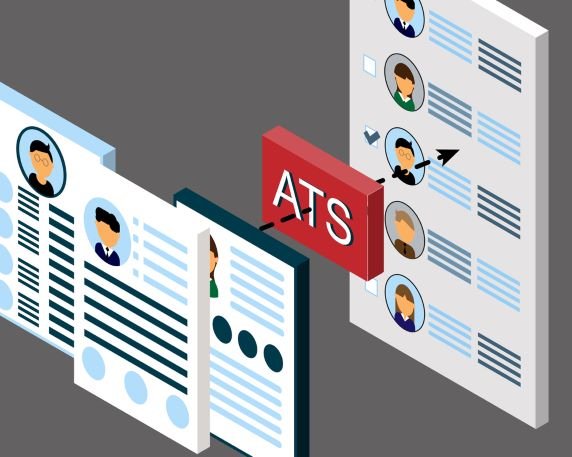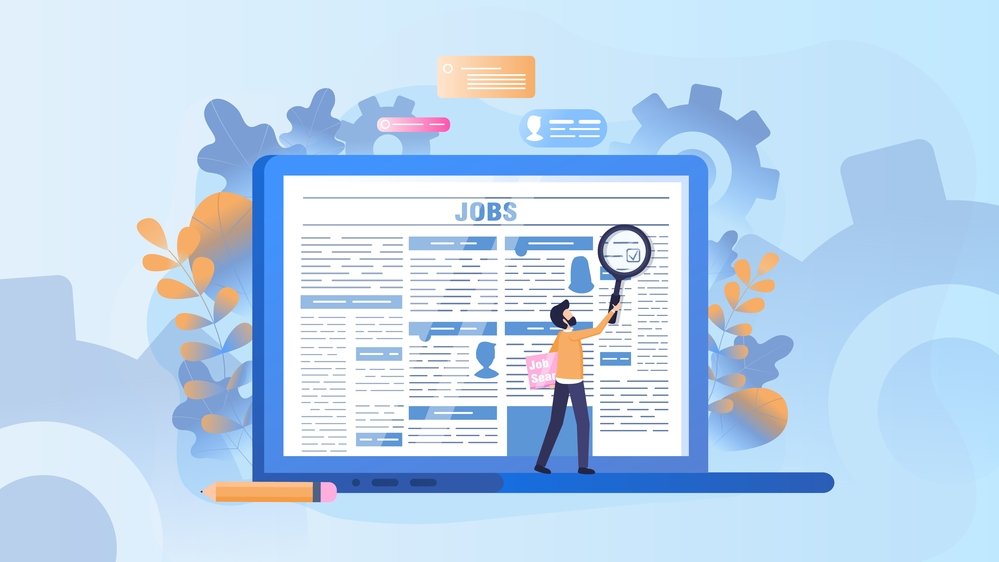
Intentional diversity
Many studies show how diversity in teams and companies positively enhances flexibility, creativity and innovation in workgroups. Plus, in many public-facing industries (including healthcare), business or care are enhanced when people feel more comfortable.

Forget the myth: If you post it, they will come
So, change your philosophy to: “We need to build – and engage with – the talent we are going to need.” Ever since I entered recruiting, the idea has been “if you post it, they will come.” The new reality is you need to build the skilled talent

Make the most out of tuition assistance programs
Tuition assistance or tuition reimbursement programs are assets many organizations underutilize and overlook. Many organizations simply implement them and forget them. What if, instead, the focus of these programs becomes building the talent that your organization needs for the future – and being able to predict when that talent would be ready?

Get back to the basics
I have done several “Candidate Experience Audits” for companies lately, and they have reminded me that we need to focus on the basics. IF we don’t have the basics down, the best tech, the flashiest job description, and the best benefits and compensation won’t matter.

The minimum requirements trap
Job descriptions are the foundation of compensation and talent acquisition. Their accuracy is critical to ensuring the right talent is found. That being said, I don’t know many hiring managers who like writing job descriptions!

The future of TA: Building sustainable talent pipelines
The standard story today is that there isn’t enough talent available. I think it is a skills shortage instead. The days of employers being able to post a job and assume that the trained and skilled talent will be there are ending. Companies that build sustainable talent pipelines are the ones that will succeed in this employment market.

Ask more of your Talent Acquisition team
Last week, I had the opportunity to participate in the Now Of Work webinar with Jason Averbrook and Jess VonBank from Leapgen. Ever since that conversation, I’ve been thinking about the future of Talent Acquisition (or recruiting) and how it needs to evolve to adapt to the changes happening now – and the ones that are coming – to how people work.

A month of Sunflower
What a fascinating first month for Sunflower Talent Strategies! I have certainly learned a lot about the current challenges in Talent Acquisition, and I know how hard many of you are working to make a difference for your organizations. I chose sunflower as the name for my consulting practice, not just because it is the flower of my home state of Kansas, but because it stands for optimism, honesty, longevity, and joy.

Returnships? They work for more than tech companies.
Returnships can provide access to a hidden talent pool that is searching for a way back to the workforce. Not sure what a returnship is? A returnship is similar to an internship, except it targets those who have been out of the workforce for a period of time for reasons as varied as sabbaticals, raising a family, and caregiving.

How to handle “shift shock”
The next phenomenon in talent acquisition after The Great Resignation? Shift Shock, a term coined by The Muse to capture the feelings of the 72% of people who left their jobs and discovered the new position or company is different than they were led to believe.

The need for speed
If you feel like the best candidates are here today, gone tomorrow, you're right. The most recent statistics show the best candidates are off the market in just 10 days. That makes speeding up your recruiting process vital.

Does your ATS have unintended consequences?
Applicant tracking systems (ATS) are designed to make the life of a recruiter a little easier. (And who doesn’t want that?) However, in the midst of the efficiency gains, there’s a flaw that we all need to be mindful of.

Get out the shades. The future looks bright.
Last week, I had a first-hand opportunity to see the next workforce generation in action, and I am impressed. Now, my hope is that we can reimagine the workplace – and the application and hiring process – to get ready for these talented next-generation employees.

Remote, Hybrid, On-site – oh my!
This new world of work is certainly proving to be a challenge for Applicant Tracking Systems, for Job Descriptions, and most of all, for candidates to understand.

Closing the loop
Question: How adept are your recruiters at delivering the news to candidates when the organization decides to go in another direction? I once had a recruiter who didn’t want his name on any rejection notices! I firmly believe recruiters shouldn't be allowed to hide behind a curtain. Rather, sharing rejection news with candidates is a vital part of a recruiter's role. Here are my tips:

Ghostbusting during your recruiting process
If you’re getting ghosted by candidates during your recruiting process, try something different. Talk to your rejected candidates or those who dropped out during the process to get an understanding of the experience from their vantage point. Here are 3 potential responses you might hear – and how to fix them.

You only have one chance to make a good first impression
In a recent post, I suggested secret shopping your company's online job application process to experience the experience. Don't stop there. Next, take it back a step and evaluate your Career Site.

When was the last time you applied for a job?
Talent Acquisition leaders, it's time for you and your team to apply for a job... at your own organization! And while you're at it, apply for a job with your competitors. It's one of the best ways I've found to evaluate how well your application process is – or isn't – working. Here are 4 pitfalls to look for:
